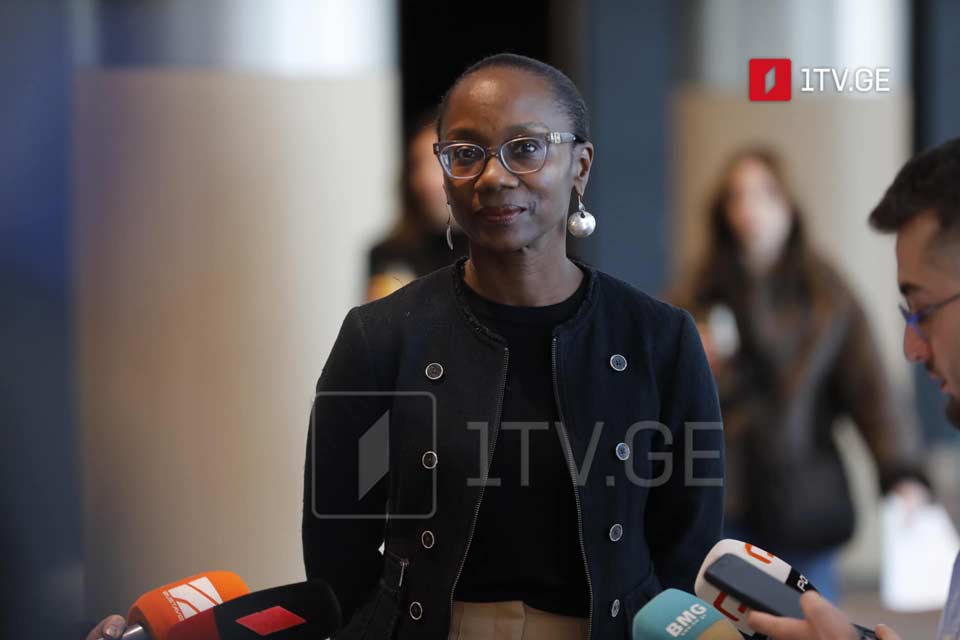WB Regional Director: Georgia one of key countries in Middle Corridor
“There is a huge potential for economic development if the Middle Corridor is fully developed,” said Rolande Pryce, the World Bank Regional Director for the South Caucasus.
According to the WB Regional Director, Georgia is one of the key countries in the Middle Corridor.
“Today we’re launching a World Bank study called Unlocking the Potential of the Middle Corridor, and there are a number of findings, but I think the key finding is that there’s an opportunity to triple trade volumes and to half travel time as compared with what the times were in 2021 and the trade volumes of 2021, which means that there is a huge potential for economic development if the middle corridor is fully developed, but this is going to take some time and it’s going to take some investments. And most importantly, it’s going to take collaboration between the various stakeholders, both public and private, in order to make it happen.
In terms of challenges, as you can imagine, currently, to travel over or through a number of countries, you encounter a number of bottlenecks in relation to customs, in relation to different modes of transport, et cetera, and the study looks at this, and essentially tries to give some solutions to address these issues. Because speed and cost are going to be essential in order to ensure that there are multiple users of this. In terms of Georgia’s role, Georgia is one of the key countries that was investigated, was examined.
In fact, our study looked at Georgia, Kazakhstan, and Azerbaijan as three key countries on the Middle Corridor and the roles that they will play and what will be needed from them in terms of improving operational efficiency, more and better infrastructure, developing rail, for example, and perhaps using digitalization in order to address some of the challenges that are currently being experienced by those who would want to use this middle corridor.
My own view is that what we need is a shared vision among the countries and among the other stakeholders who are likely to utilize this corridor. We’re talking about commerce. We’re talking about SOEs (state-owned enterprises), we’re talking about the private sector. Once there is a shared vision and a shared commitment to developing this corridor, I think sky’s the limit.
One of the key findings of the report as well is that it’s not only that this corridor can be used as a land bridge between Europe and Asia, bringing goods from Europe to Asia or vice versa, really, Asia to Europe is the typical flow of goods, rather than a lot of intra regional trade will develop or will be sufficiently, substantially increased by having this middle corridor in place. And so it’s really an opportunity for economic development for the countries of this region,” she said.
